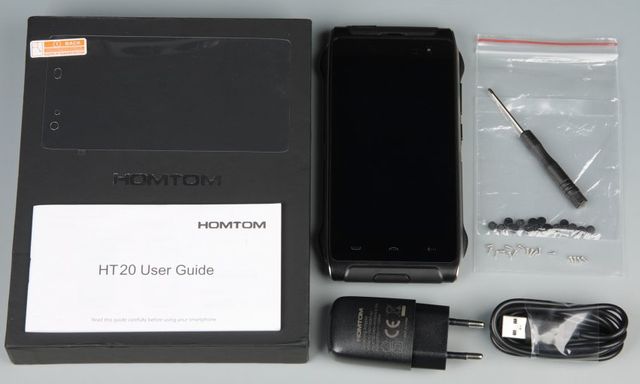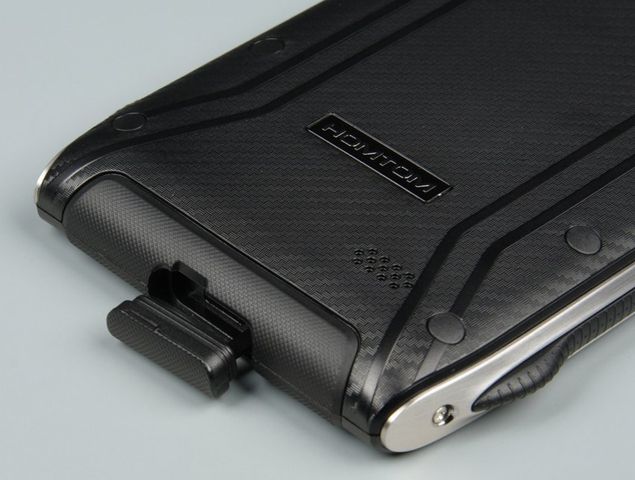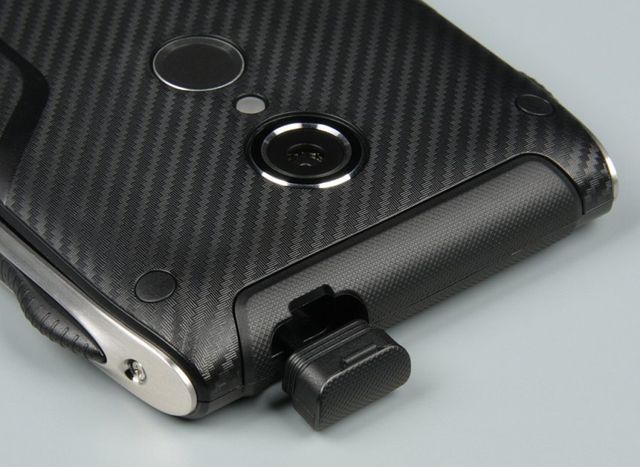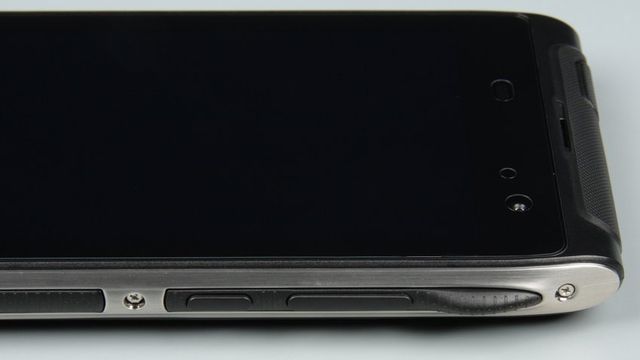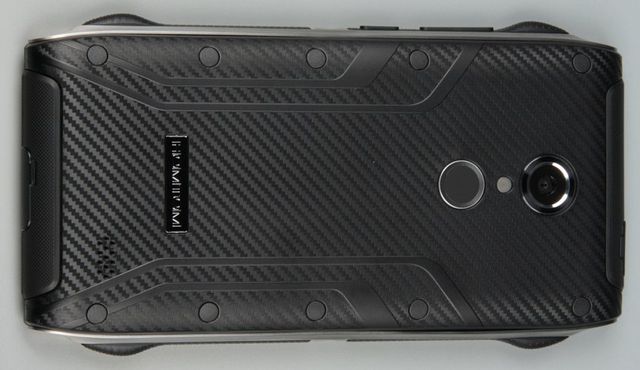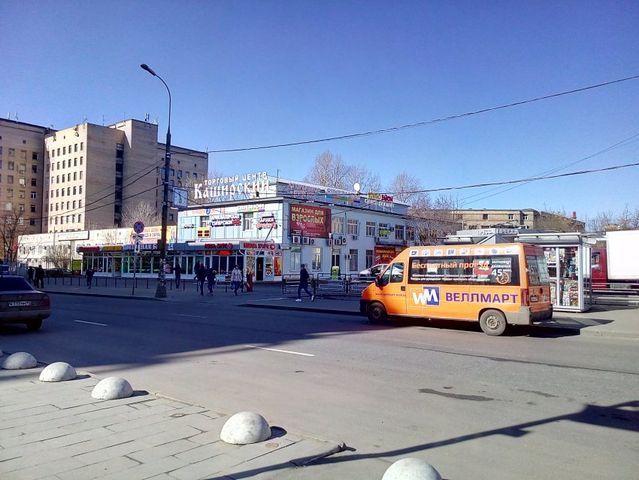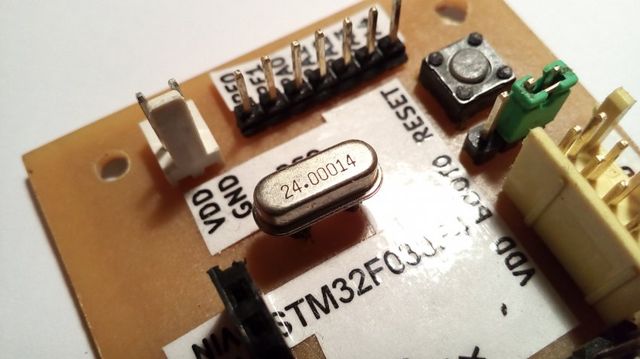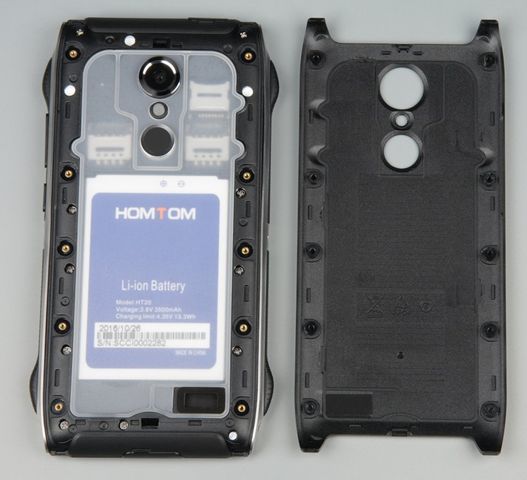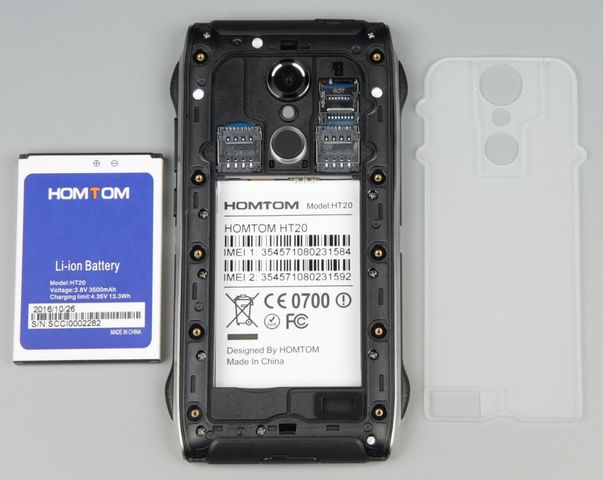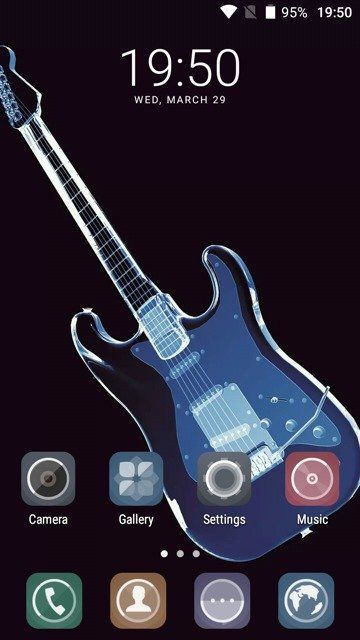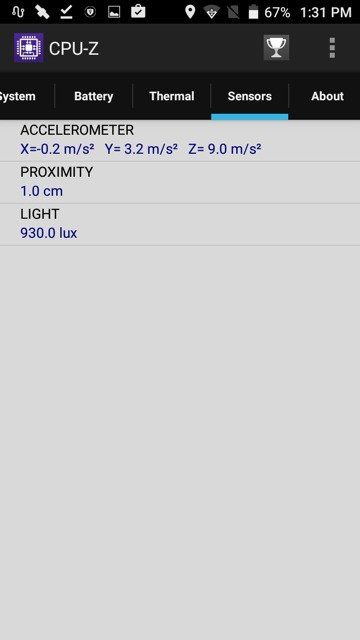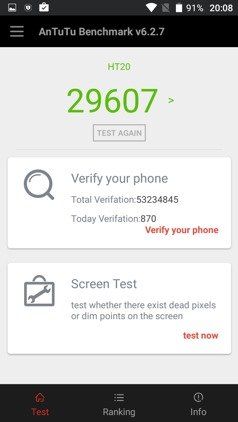Homtom HT20 Review: IP68 protected smartphone with fingerprint scanner
Today we review protected smartphone Homtom HT20 as a tourist navigator. We will consider the main points necessary for tourism, such as camera, screen, GPS.
Homtom HT20: Specifications
- SoC: MT6737 4 core ARM Cortex-A53 @ 1.25 GHz
- GPU: Mali-T720
- OS: Android 6.0
- Screen: IPS 4.7″, 1280 × 720, Corning Gorilla Glass
- RAM / ROM: 2/16 GB
- Cards 2 pcs. Micro SIM + microSD
- 2G networks: GSM 850/900/1800/1900
- 3G networks: WCDMA 900 / 2100MHz
- 4G networks: FDD-LTE 800/1800/2100/2600
- Wi-Fi / Bluetooth: 802.11b / g / n (2.4 GHz), Bluetooth 4.0
- GPS: GPS, A-GPS
- USB: Micro-USB 2.0, USB OTG
- Camera: main 13 Mp, front 5 Mp, LED flash / flashlight
- Sensors: Approximations, Lighting, Accelerometer
- NFC: No
- Fingerprint reader: Yes
- Battery: 3500 mAh, removable
- Dimensions: 152 × 81 × 15 mm
- Weight: 218 g
Homtom HT20: Packaging
Homtom HT20 is equipped with a Phillips screwdriver and screws with plugs for installing the back cover. These cogs and stubs just a little in advance in case the owner lost a couple. The power adapter is 5 V / 1 A, and the USB cable has an extended Micro-USB connector. This is not very critical, since almost any conventional cable on the Micro-USB is slightly upgraded with a stationery knife to a compatible one with these smartphones. The plugs on the Micro-USB (from below) and the jack (from above) are simple monolithic without separate sealing pads. From falling out they are kept by leashes.
The standard plugs are inserted into the headphone jack, if they are not very-very thick. On the ends of the top and bottom, as well as on the sides there are inserts made of resilient plastic, but the corners to which the smartphone usually falls are stiff. However, the manufacturer is confident in the strength of its product and declares that the Homtom HT20 can withstand falling from a height of 1.2 m. On the long side faces there are metal pads fastened with cogs. Buttons on a minimum – the power button and rocker-rocker button, plus three touch buttons (without backlight, only with icons) under the screen.
The fingerprint reader is located behind, under the flash LED. Wet fingers the scanner does not recognize, but the dry ones are determined quickly enough and confidently. From the finger attached to the scanner, the smartphone also wakes up (if the prints are registered and the scanner function is turned on).
To access the cards and replaceable battery, the Homtom HT20 will have to remove the entire back cover, fixed with 10 cogs, each of which is closed with a rubber stopper.
The gasket made of resilient plastic (apparently made of silicone) protects the battery and electronic stuffing. Personally, I did not like the fact that everything around the perimeter of this gasket (in particular threaded holes and screw heads securing the case) can be exposed to moisture. And of course, changing SIM cards or SD cards turns into a tedious and tedious business. Battery, which is nice, replaceable.
The back cover is made of plastic (polycarbonate), with a strong appearance. On its website, the manufacturer besides black, offers even white and khaki colors.
The smartphone for this size screen is a bit wide, but it does not slip out of the hand due to ribbed tides on the sides and non-slippery surface of the cover.
Homtom HT20: Camera
Example of Homtom HT20 shooting in normal mode (the 4: 3 ratio option is enabled).
And in HDR:
Macro without flash:
From my point of view, the quality of photos is not a failure, but rather an average. The flash is weak, and in the flashlight mode it is frankly dull.
Homtom HT20: Screen
The screen was glued with a protective film (and one more was attached), I decided to leave the film, which slightly worsened the anti-glare properties. Borders on the perimeter of the screen slightly protrude above the plane of the screens, but for protection it can not be considered. Screen type OSG, that is, without an air gap, and therefore it is something that can be seen even in direct sunlight.
The maximum brightness is about 430 cd / m2. Unfortunately there is a non-switchable dynamic adjustment of the brightness of the backlight – on dark in the middle images the brightness of the backlight decreases. For example, when the white field is not displayed in full screen, but only half and black on the other half, the brightness decreases to somewhere around 340 cd / m2. Accordingly, on the gamma curve obtained when displaying the shades of gray sequentially on the whole screen, there is a step.
The screen type IPS, but the matrix of inexpensive, because at large angles in deviation of one diagonal, the darkest shades are inverted. Color coverage is close to sRGB.
The spectra reveal a typical illumination of white LEDs with a blue emitter and a yellow phosphor.
The color balance is average, the delta E is still within the norm, but the color temperature is too high.
There is an advanced system of profiles and a variety of screen settings called MiraVision, but you can not adjust the color balance in it, because the white point does not change when adjusting the color temperature, only half tone shades are corrected, the result is disgusting.
There is a notification indicator.
And the task of some actions on the movement of the smartphone, gestures on the screen and tapping.
Through a not very high-quality translation into Russian is difficult to scrape, so I prefer to interface with mobile devices (and all in general) to choose English. The desktop does not have a dedicated menu for the list of applications that I like.
But the left touch button brings up the properties menu, which I do not like, since I use the list of the latest applications much more often. There are almost no sensors in the device:
Homtom HT20: Performance
The GPS sensitivity is good, the smartphone accurately determines the coordinates even in slightly difficult conditions and quickly catches satellites. Autonomy was tested in two scenarios, which are very likely in practice for a protected smartphone.
The screen is always on, the navigation apps is running and the track is being recorded.
The screen is off, but the track is being recorded in the background.
For navigation, I used the OsmAnd program and in it, via the Trip recording plug-in, activated the background track record. I set the brightness of the screen to 200 cd / m2, this brightness is already enough to see the map on the screen on a sunny day, but, of course, blocking the screen from direct sun rays. In the first scenario, Homtom HT20 worked 9 hours 9 minutes, the second day and 22 hours 2 minutes.
From the power adapter Homtom HT20 charges about 4 hours (current up to 1 A). This smartphone has been finely coded at the charging output, since it charges only with closed lines D + and D-.
Homtom HT20: Conclusions
Homtom HT20 does not represent something outstanding in terms of specs or design, but it’s still a protected smartphone with a good screen, sensitive GPS, sufficient autonomy and even with a fingerprint scanner.
Source: homtom
